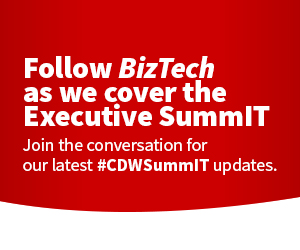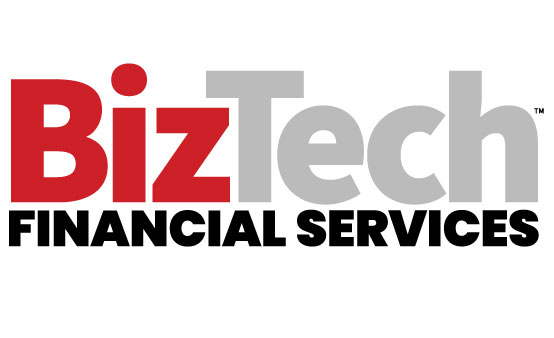Finding the Right AI Use Cases for Your Organization
The way organizations are approaching AI has changed significantly. A decade ago, most organizations using AI were trying to solve advanced science problems, said Tony Paikeday, Senior Director of AI Systems with NVIDIA. In recent years, the focus has shifted to “pragmatic, low-hanging-fruit types of cases” that can bring value to an organization, such as retail loss prevention or supply chain optimization, he said, adding that IT leaders are looking for use cases that “have an immediate, tangible return on investment, because people are investing in this infrastructure and they want to know that investment is going to pay off.”
Ben Weiss, vice president of digital product for CDW, noted that the company has implemented numerous AI agents to help users improve their productivity and efficiency. For example, CDW deployed its first AI customer service agent in 2024. The agent answers customer questions about orders and forwards inquiries to human agents when it can’t provide an answer. It also collects data on every interaction, enabling CDW to serve customers better in the future.
Further, an AI search agent allows customers to search CDW’s website using natural language to help them find exactly what they’re looking for, even if they aren’t sure precisely how to phrase it.
EXPLORE: Securing identities with zero trust in the age of AI.
An AI Strategy That Augments Rather Than Replaces Humans
As they move to adopt AI, organizations need to strategize for success. Only 15% of AI projects make it into production, stated Russell Fishman, senior director of Field Advocacy and Solutions Technology (FAST) with NetApp. That means the vast majority of these projects fail to provide the business value organizations are looking for. “If you don’t actually make it to deployment, you don’t actually get anything of value out of that project,” he said.
Weiss advised the IT leaders attending the SummIT to make sure their strategy for AI includes humans. “Don’t be afraid to put humans in the loop,” he said. “In fact, it’s essential that humans can step in when AI reaches its limits. Humans can then train the AI for better performance in the future.”
Many observers are concerned that organizations will look for ways to use AI to replace humans, but that’s a mistake, speakers at the SummIT said. The goal should be to find ways for AI to augment human efforts. Humans are better at creative thinking and problem solving, while AI can tackle mundane tasks tirelessly and accurately.
“In general, companies aren’t trying to replace people with AI,” Szanger said. “What they’re trying to do is replace repetitive, low-value tasks so people can focus on high-value tasks such as serving customers.”
READ MORE: Want to learn how your peers are using AI? Read the CDW AI Research Report.
A Robust Infrastructure That Can Handle Challenging AI Workloads
As they pursue AI initiatives, organizations need an infrastructure that can handle these workloads. This may be with hyperscale cloud providers, on-premises data centers, co-located IT environments with specialized hardware or any combination of these.
One smart step for organizations looking to host AI workloads in-house is to follow models that have already proved successful, said Paikeday. His company, NVIDIA, can provide organizations with reference architectures that have already been established for AI projects.
“Don’t invest or create where you don’t need to,” he said. “There are any number of ready-made foundational models that you can fine-tune and customize with your data and your intellectual property. Take advantage of reference architectures that can serve as the blueprint for your AI factory. That essential DNA and blueprint exists, so you don’t have to figure this stuff out from scratch.”
Organizations that get the infrastructure right will be that much closer to overcoming their AI challenges and taking advantage of the opportunities this powerful technology offers.
Find BizTech’s full coverage of the event here, follow our live news coverage of the CDW Executive SummIT on the social platform X @BizTechMagazine and join the conversation using the hashtag #CDWExecutiveSummIT.













